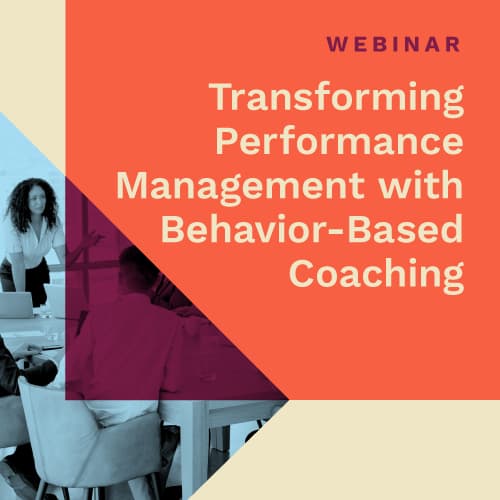You receive a design from a company and load it onto an embroidery machine. First, you ensure the dimensions are appropriate for the size of the logo; check to see if the shirt you are working on placed correctly. Next, you insert the fabric under the machine's needle and begin to print the design. As you wait for the printing to finish, you clean your workspace and ready your materials for the next shirt, following the same steps done in the prior shirt order. Next, you cut the excess thread and check for inconsistencies on the shirt. Finally, you complete the shirt to perfection and begin the process again.
You may have never considered this for a career before, but this is the dream job for someone I know. And he happens to be neurodivergent, specifically on the autism spectrum.
Neurodivergent is a term used to describe differences in mental or neurological function from what is considered "typical" or "normal." This includes individuals who have ADHD, Autism, Dyslexia, or OCD, for example. And while these individuals are neurodivergent, they significantly contribute to the success of organizations. Today, more individuals are being diagnosed with one of these conditions. Thus, there is an increasing population of working-aged neurodivergent adults transitioning into the workforce; yet, they will experience higher than average turnover.
As a result of the lack of awareness and preparedness for employing neurodivergent individuals, many talented workers are in under-employed situations despite their technical abilities. Skills are not always championed when working with someone who thinks differently. Unique communication habits can be perceived as odd by others, and a lack of understanding of social cues can be perceived as anti-social. Both of these issues discourage neurodivergent individuals from attempting to engage in their environment.
How to accommodate your neurodivergent employees:
We risk losing talented workers when we impose neurotypical expectations on those who are neurodivergent. When companies fail to understand how different individuals communicate or vary in their understanding of "social norms," neurodivergent individuals are set up for failure. It is crucial to provide accommodations for your neurodivergent employees.
One example of an accommodation can be productively responding to individuals who experience sensory overload. Sensory overload happens when your senses receive more input than you can process. For example, while open dialogue with multiple employees can occur in a group setting, people may be speaking at various volumes/intensities, and someone could be moving a squeaky chair back and forth. For a neurodivergent individual, this can become overwhelming very quickly. To manage this, their manager can excuse them to leave the meeting room to a quieter place and make it known that they can always leave a setting if it creates discomfort. Without this accommodation, this setting could result in an outburst considered "dramatic" or "sporadic" to those unfamiliar with their neurodivergent needs.
How your company can improve its efforts to be a more equitable and inclusive workplace:
Organizations typically associate diversity with race, ethnicity, gender, age, and other types of diversity that create visibly noticeable differences. And while we cannot as readily see neurodiversity, it's important to look at your organization and ask, "How does my company create a climate of equity and inclusion for neurodiversity in the workplace?"
Companies can increase their efforts using these three steps:
- First, companies should be open to diversifying their staff by identifying areas where someone with special abilities would fit in. For example, companies might assume that they can only hire neurodivergent individuals for tech roles; however, many individuals can enjoy completing other repetitive functions at work.
- Second, the initial job training must adapt to the needs of the neurodivergent employee. For example, change the work setting to better accommodate common issues faced in the workplace. Besides the typical company history and culture introduction standard for orientation, introduce scenarios that someone could expect to work in early in the onboarding process. Provide something as simple as a script for common conversations that might occur with other peers or creating a routine for ensuring work is ready to be continued.
- Last, begin the conversation for educating other employees in the organization. Deconstruct their prior ideas of neurodiversity by teaching a common workplace language and understanding ways to improve. Then, host various workshops to better understand and educate on neurodivergent differences and help someone advocate for their new workers.
How Birkman can help you navigate neurodiversity:
The Birkman Colors provide a language to talk about differences in personality and help provide a tool to see differences as strengths instead of liabilities. This is a great starting point for a conversation about differences in style and approach and introduces the idea that we all bring a unique perspective to our work. Conversations around personality diversity can be had with all employees across your organization to talk about types of diversity that we do not even see!
The Birkman concept of Needs can also be helpful to keep in mind as you work with and onboard neurodivergent individuals. Just as neurotypical individuals have underlining needs to ensure their success at work, neurodivergent individuals are the same. Therefore, understanding how to ensure the success of your employees in the right environment can allow everyone to thrive.
The Americans with Disabilities Act prohibits discrimination against individuals with disabilities, but how are you fostering inclusion in your organization beyond the diversity we can see? If you want to learn more about Neurodiversity in the Workplace, check out this panel to learn from the experts!

